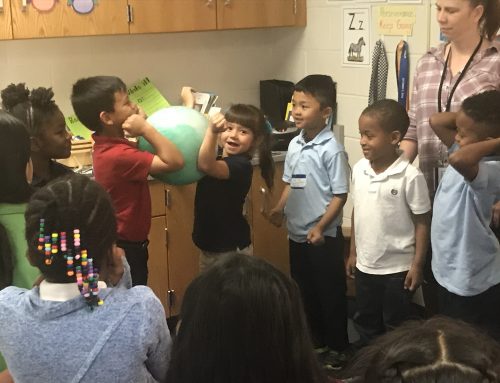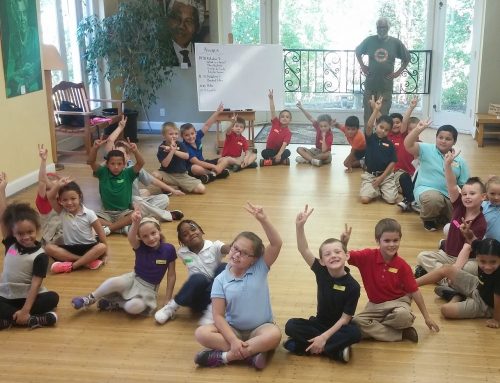Leah:
My role in Lego Listening was the listener. Sitting back to back with my partner, I had to listen to her describe what her lego creation looked like. No questions were to be asked by me, so I was completely in the dark. I could only rely on her descriptions to lead the way. In my mind, putting the legos together didn’t seem like it would be a hard task, but it proved a lot more difficult than I expected. I kept thinking in my head, “This can’t be right; I know it doesn’t look like this”. By the time the facilitator took the legos from my hands to show my partner, I was so confused by what it was supposed to look like. My partner was allowed to look at the legos to see where I was wrong, and we started over from the beginning.
The second time around I was able to ask questions to get clarification. I asked detailed questions about each individual lego I was adding to my lego set. At first, I was still confused from the first round, but being able to ask questions made it so much easier. When I was able to get clarification from my partner through our communicate together, our lego structures looked more similar than the previous try.
I noticed I was trying to guess where the pieces went before she was done describing it in the first round, which could’ve hurt my lego building. Because I was stuck on what I thought was going to be the next step, I was not focused on listening. At the end, seeing the final product compared to the original I just laughed because it was completely different from how I pictured it in my head.
We were only a few pieces off of what the final structure looked like. From the pieces we did have, there was only one piece I placed wrong, and it was a matter of how you personally saw each lego and how you described it. Lego Listening was a really interesting experience, and it required a lot of listening skills from my side of the creating.
Arianna:
During Lego Listening, I played the role of communicator as I gave instructions to Leah. I had to give her direction as to how to piece her set of legos together to match my creation. In the first round she could not ask me any questions, so I had to be as descriptive as possible. This part challenged me because I had to think of different ways she would interpret my words. For each step, I tried to rephrase my directions to give her the best chance at understanding what I was saying. In hindsight, this potentially might have made my directions more confusing. I had no idea if she was following along, which made me unsure whether or not I need to clarify what I was saying.
The facilitator handed me her structure after about ten minutes of me instructing her. I could see where the direction had gone wrong or had been misunderstood, but I could also understand why she did what she did based on my words. I realized how I needed to change my words the next time around.
The second time around, I made more of an effort to be descriptive of exactly which lego piece I used. She could also ask questions, so I tried to answer them as clearly as I could. The fact we could talk back and forth really helped. Her questions let me know where she was and I was able to better guide her.
This exercise taught me how important it is to have communication because it not only lets you hear their part but it lets you know how you’re sounding to them. At points I thought I was very direct, but after hearing her question, I would realize my directions were unclear. It took the listening on both ends to fully understand each other. In my eyes, people often think of communication as one person listening and one person talking. Through Lego Listening, I learned that both parties need to be listening and both parties need to be talking to one another.


